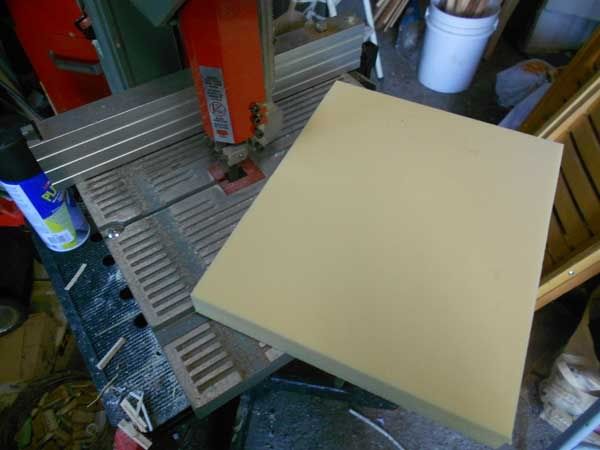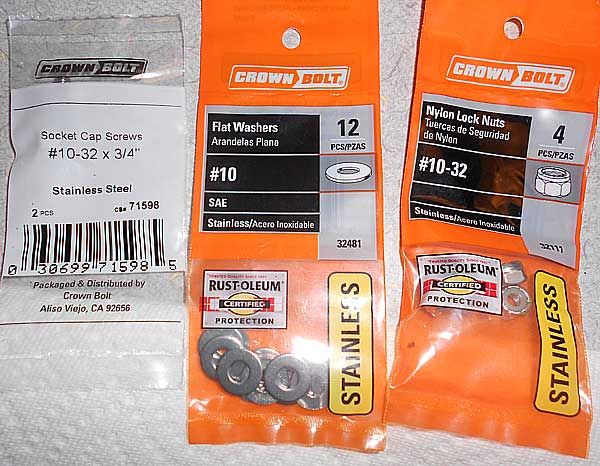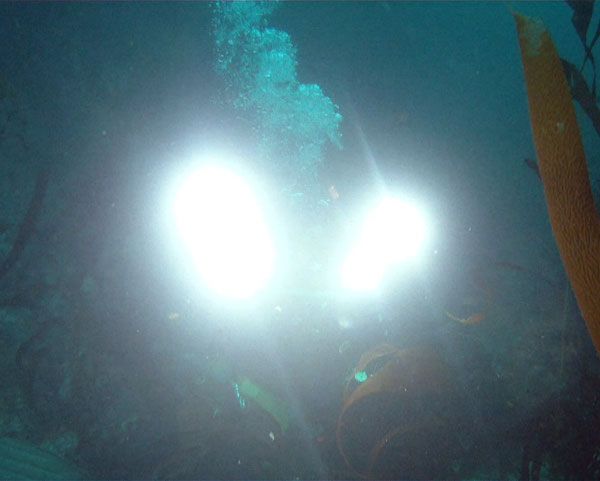3D diver
Contributor
Well...I've gone too far this time...
I got a second set of lights with the thought of placing them lower to light up near subjects, but RockyHeap is right...this rig is getting way too heavy. I'm thinking about adding flotation, but suspect that is too cumbersome & will make things worse. May have to settle with the two existing lights.
Oh...FYI...they are gluing the lights shut now. People have been opening them up, then complaining when they flood. Tinker at your own risk folks.
I got a second set of lights with the thought of placing them lower to light up near subjects, but RockyHeap is right...this rig is getting way too heavy. I'm thinking about adding flotation, but suspect that is too cumbersome & will make things worse. May have to settle with the two existing lights.
Oh...FYI...they are gluing the lights shut now. People have been opening them up, then complaining when they flood. Tinker at your own risk folks.





















